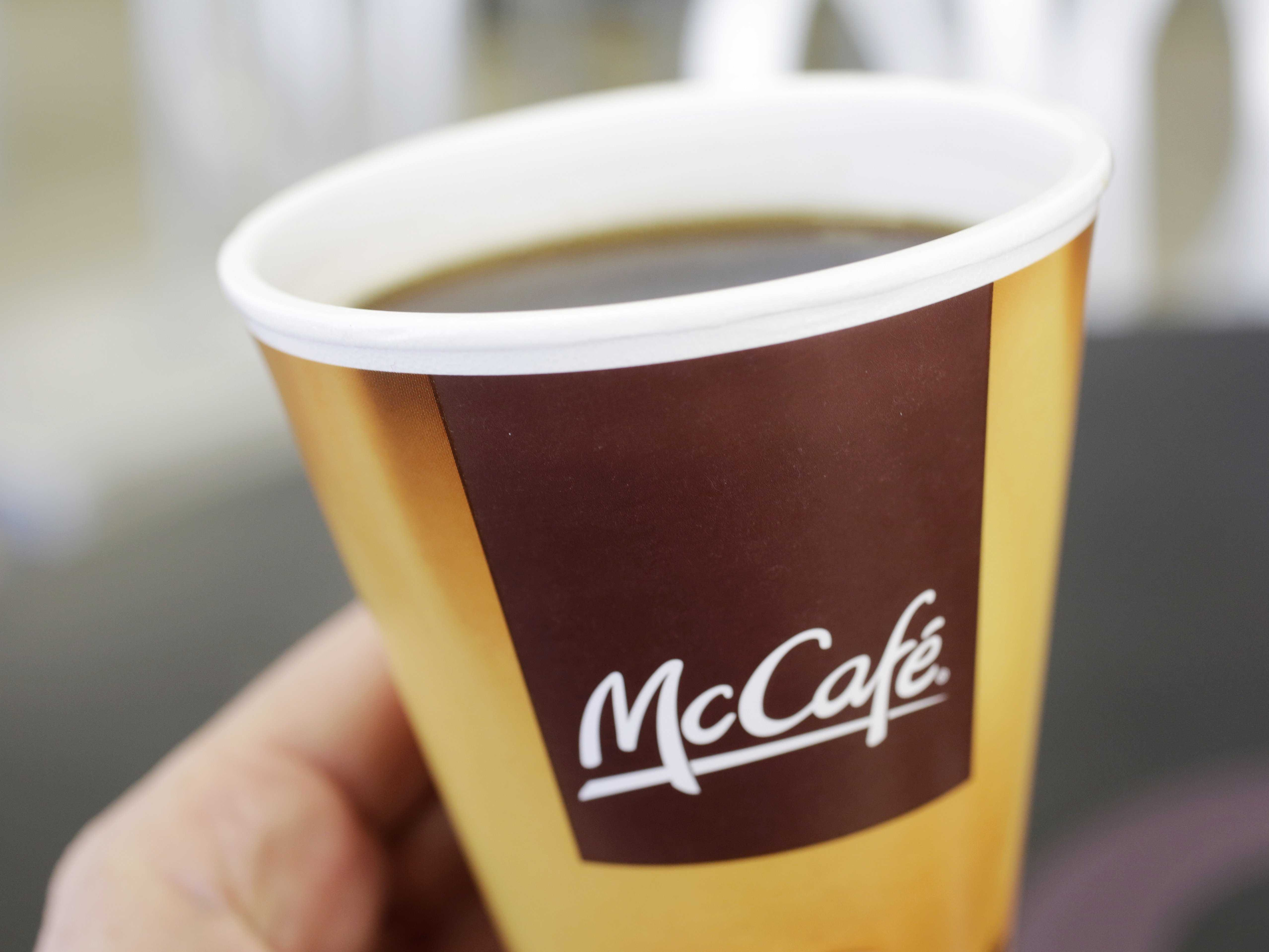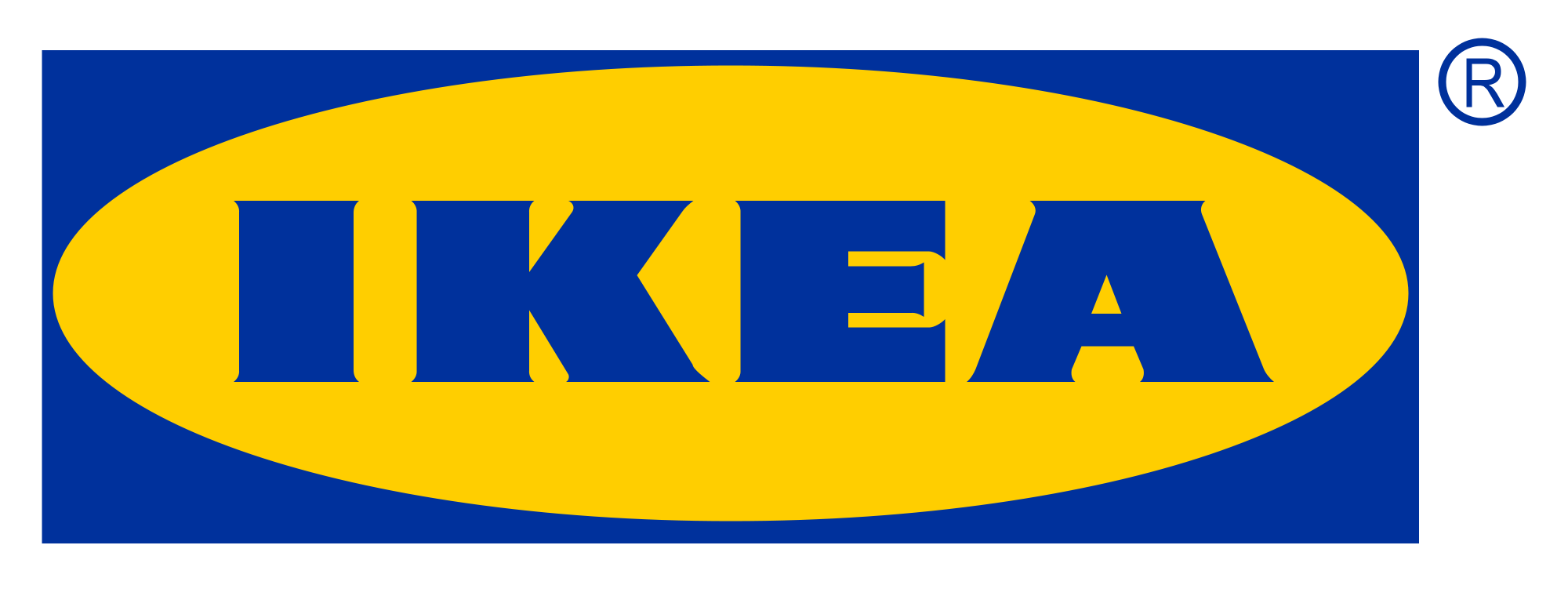For the past 25 years, self-service kiosks at McDonald’s and other fast-food chains have been seen as potential job killers. But what actually happened defied expectations.
Back in 1999, Business Information, a now-defunct trade publication, reported that McDonald’s was developing an electronic order system that could eventually replace some workers. However, instead of eliminating jobs, these touchscreen kiosks created new challenges for kitchen staff and encouraged customers to order more than they typically would at a cashier. This shift reveals some of the unintended consequences of technology in fast food, retail, and self-checkout systems.
Rather than replacing workers, companies now use kiosks to redistribute labor towards tasks like managing pickup orders, increasing sales, adjusting prices, and speeding up service. Notably, chains like Subway, Chick-fil-A, and Starbucks have been slower to adopt kiosks, while others like Shake Shack have embraced them. According to Shake Shack CEO Robert Lynch, kiosks help ensure upsell opportunities, like suggesting fries or milkshakes, which might otherwise be missed during busy times.
McDonald’s franchisees, who own and operate 95% of the chain’s U.S. locations, are now testing kiosks that accept cash. Yet, even in these locations, cashiers are being reassigned to roles like “guest experience leads” to help customers navigate the new technology. According to RJ Hottovy, a restaurant and retail analyst, the labor saved by kiosks is often redirected to support mobile ordering and delivery services, turning restaurants into more complex operations.
Some experiments with kiosks have failed. Bowlero, a bowling alley chain, installed kiosks at lanes for food and drink orders, but they went unused because staff and customers weren’t properly trained. Studies have also shown mixed results regarding the kiosks’ touted benefits, such as speeding up orders and increasing sales. Research from Temple University found that when customers feel rushed by a line behind them at kiosks, they may actually order less. Additionally, kiosks can malfunction, slowing down service rather than improving it.
While some have argued that kiosks are a response to higher minimum wage laws, the data suggests otherwise. California recently raised the minimum wage for fast-food workers to $20 per hour, but the fast-food industry continues to grow, with staffing levels 3% higher than pre-pandemic numbers, according to the U.S. Labor Department.
Christopher Andrews, a sociologist at Drew University who studies technology’s impact on work, likens the effect of kiosks to that of ATMs and self-checkout machines. While these technologies were expected to cause significant job losses, they often shifted workers into more valuable roles. Similarly, self-checkout systems haven’t led to large-scale retail job losses but have caused increased merchandise loss through shoplifting and errors.
Andrews believes that businesses need to better communicate the benefits of self-service technology to both customers and employees. Otherwise, the public may perceive it as merely a cost-cutting measure aimed at reducing labor through automation.



